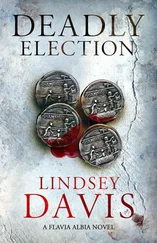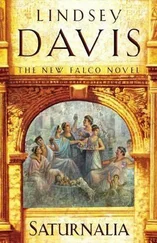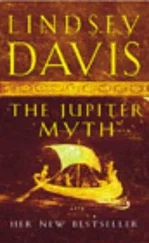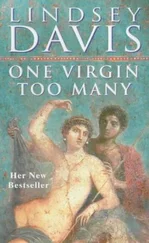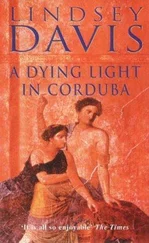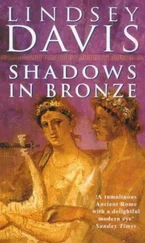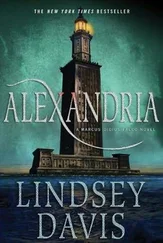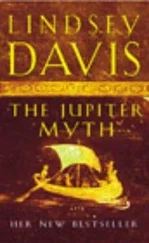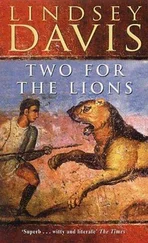Afterwards.
During that night, the cloud above Vesuvius rose up and collapsed repeatedly. Massive surges continued, six in all. Herculaneum was buried seventy-five feet deep. With the third or fourth surge, the direction changed; it became Pompeii’s turn. One pyroclastic flow reached the town’s walls, its molten contents swirling round them though not entering. Anyone who attempted to flee as the surge came towards them managed only yards. Anyone who had made it outside the gates, died there and was buried. Everyone left in the town was killed by heat.
The next flow surged right over the walls, on top of the dumped deposits of its predecessor. This one rolled through Pompeii, entering buildings where anybody who had remained there already lay dead.
Even when morning should have come, a cloud of utter blackness rolled out and smothered the whole area around the bay and inland, terrifying people. Although it was possible to survive, many begged for death to end their terror. Destruction continued around the coast to other towns such as Baiae and Stabiae, burying the fine holiday resorts that had once been beloved of the wealthy. Deep ash covered everything, as far as Surrentum and Misenum, and out to the islands. The effects went further. Dirt and atmospheric darkness easily reached Rome. Taken high into the skies and carried by the wind, spewed filth was to blight crops and cause pestilence in countries far from Italy. Traces would mark the ice at the earth’s poles.
But on the second day the eruption ended. Convulsions continued underground as the land settled, but the fiery chamber had completely emptied. Weak sunlight tried to break through a wan haze. Slowly the expelled material began to cool and harden. Its forlorn crackle could be heard, but otherwise there was silence. Nothing else moved.
People would come searching. There would be official and unofficial salvage through the ensuing centuries. Pompeii and Herculaneum might be lost to the memory for a time but they would be found again. From the best and worst motives, people would be drawn to the bay. Traces of the dead, material items, and surviving art would strike generations with curiosity, awe and excitement. Scientists of all disciplines would find work. Writers would speculate, salaciously or with compassion. Unthinking people, poorly inducted, might fail to show reverence. Many would not linger. Yet in those places where thousands of the dead once walked and some still lie, in Pompeii and Herculaneum, the tug of human suffering will always reach those who are open to feeling, those who possess imagination.
And – Larius was right, of course – painters would be drawn to that place where painting had once been so important, to capture the visual wonder of violent destruction and to suggest what it ought to say to us. As long as art exists, artists will collect their pigments and take up their best brushes to paint Vesuvius by Night .
The Course of Honour
Rebels and Traitors
Master and God
A Cruel Fate
THE FALCO SERIES
The Silver Pigs
Shadows in Bronze
Venus in Copper
The Iron Hand of Mars
Poseidon’s Gold
Last Act in Palmyra
Time to Depart
A Dying Light in Corduba
Three Hands in the Fountain
Two for the Lions
One Virgin too Many
Ode to a Banker
A Body in the Bath House
The Jupiter Myth
The Accusers
Scandal Takes a Holiday
See Delphi and Die
Saturnalia
Alexandria
Nemesis
THE FLAVIA ALBIA SERIES
The Ides of April
Enemies at Home
Deadly Election
The Graveyard of the Hesperides
The Spook Who Spoke Again

First published in Great Britain in 2017 by Hodder & Stoughton
An Hachette UK company
Copyright © Lindsey Davis 2017
The right of Lindsey Davis to be identified as the Author of the Work has been asserted by her in accordance with the Copyright, Designs and Patents Act 1988.
All rights reserved.
No part of this publication may be reproduced, stored in a retrieval system, or transmitted, in any form or by any means without the prior written permission of the publisher, nor be otherwise circulated in any form of binding or cover other than that in which it is published and without a similar condition being imposed on the subsequent purchaser.
All characters in this publication are fictitious and any resemblance to real persons, living or dead is purely coincidental.
A CIP catalogue record for this title is available from the British Library
ISBN 978 1 473 65885 1
Hodder & Stoughton Ltd
338 Euston Road
London NW1 3BH
www.hodder.co.uk


